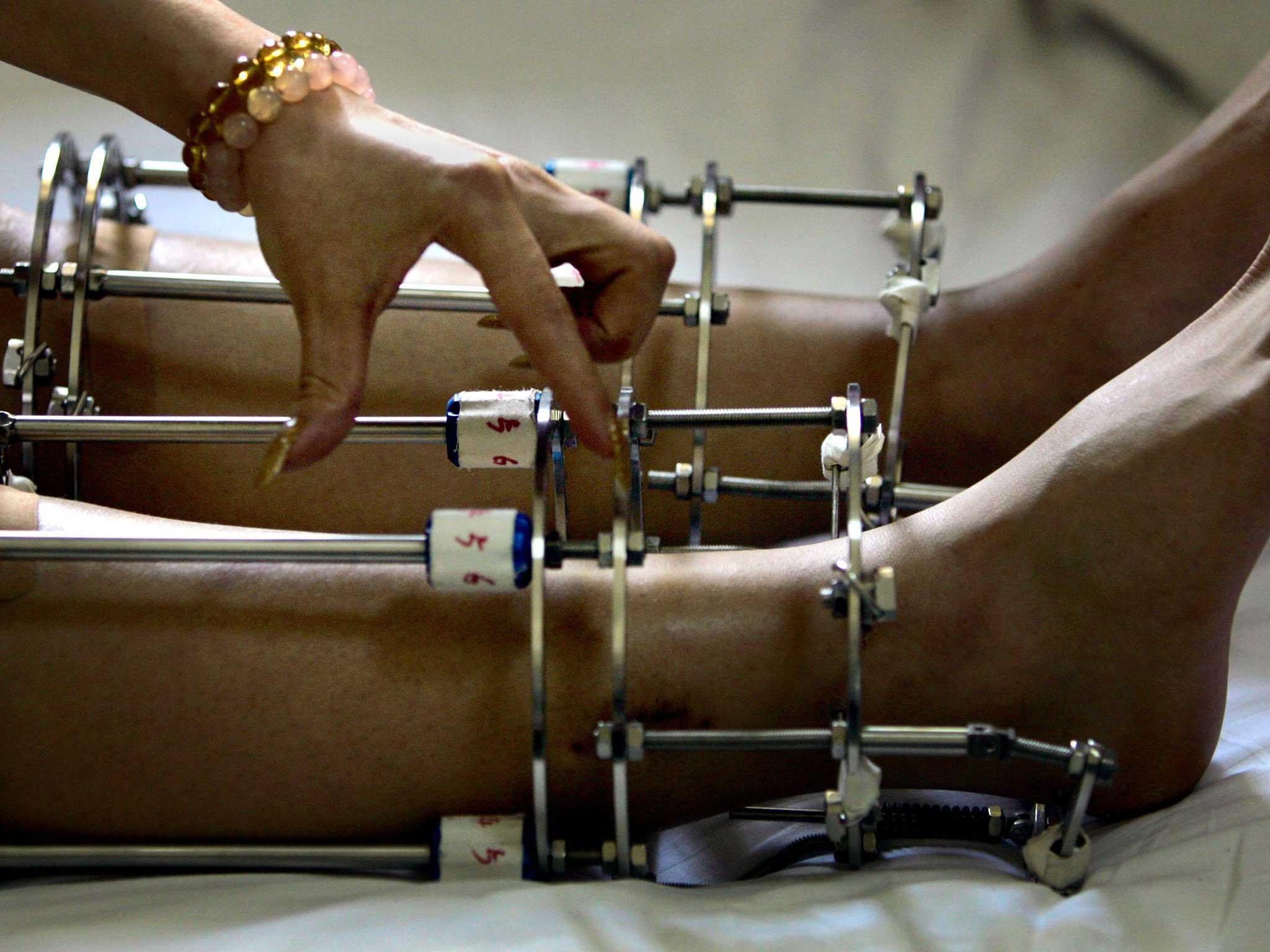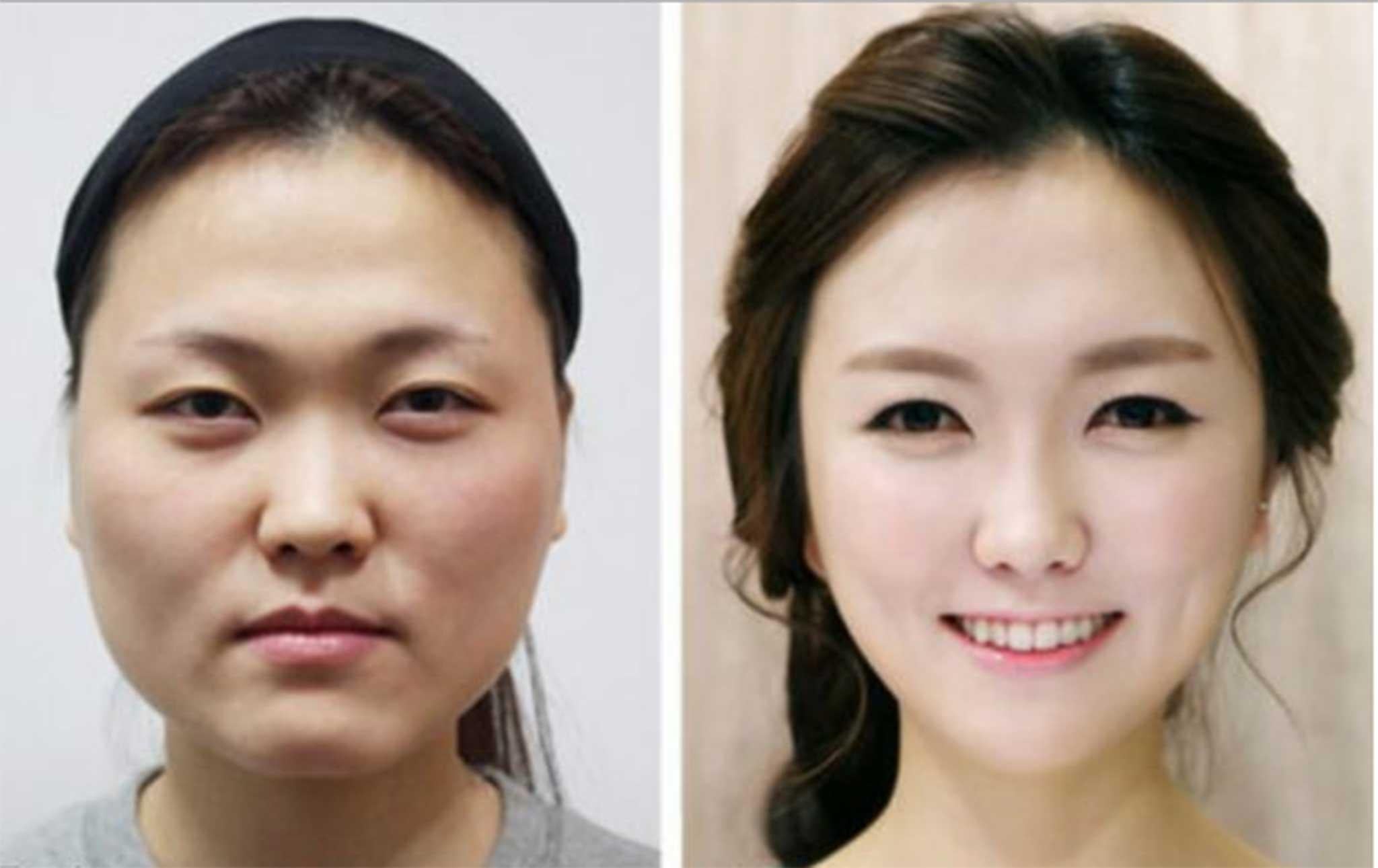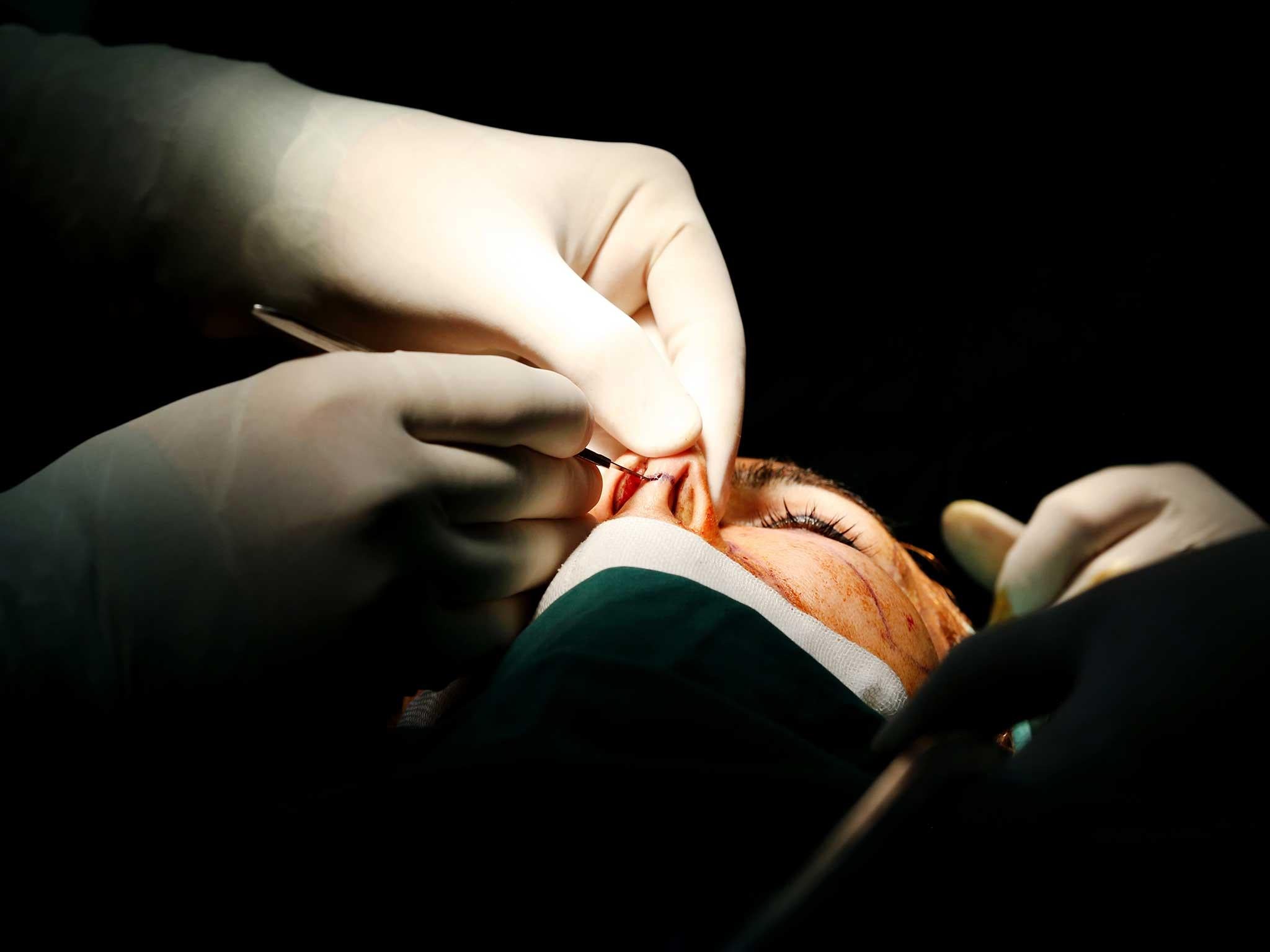Global plastic surgery hotspots
Cosmetic surgery has centuries-old roots. Now some countries are becoming world-leaders in particular fields. Plastic surgeon Jim Frame picks five of the most surprising

Your support helps us to tell the story
From reproductive rights to climate change to Big Tech, The Independent is on the ground when the story is developing. Whether it's investigating the financials of Elon Musk's pro-Trump PAC or producing our latest documentary, 'The A Word', which shines a light on the American women fighting for reproductive rights, we know how important it is to parse out the facts from the messaging.
At such a critical moment in US history, we need reporters on the ground. Your donation allows us to keep sending journalists to speak to both sides of the story.
The Independent is trusted by Americans across the entire political spectrum. And unlike many other quality news outlets, we choose not to lock Americans out of our reporting and analysis with paywalls. We believe quality journalism should be available to everyone, paid for by those who can afford it.
Your support makes all the difference.Cosmetic procedures are now the surgery of want not need. The multi-billion dollar industry is represented on virtually all television channels and easily accessed online. Many nations have realised the potential for cosmetic tourism, which can be a significant boost to a country’s GDP.
Cosmetic medicine and surgery has advanced tremendously over the past three decades since I trained as a plastic surgeon. High morbidity rates in procedures such as breast implant surgery, tummy tucks, aggressive facelifts or eyelid reductions are now a thing of the past. And though some countries operate as destinations for those looking for cheaper (though not always properly regulated) procedures, some emerging markets are seeing a boom for particular operations.
Dubai, Thailand, South Korea, Mauritius, India – and also Iran – are some notable examples. In the US, the best seller is the “mommy makeover” – a host of procedures that can include tummy tucks, breast implants and liposuction, designed to return women back to their pre-pregnancy bodies. The UK at least has realised that little is often better, especially over the long term. As for the rest of the world…
India: limb lengthening
In a bid to improve career and marriage prospects, painful limb lengthening procedures are on the rise in India and can add as much as three inches to someone’s height.
The principles have been adapted from techniques that plastic and orthopaedic surgeons use in major trauma or in children with stunted growth. Limbs can be encouraged to lengthen using pins and an Ilizarov frame, which can be slowly (and painfully) adjusted: the section of bone supported by the frame is surgically “broken” and over subsequent weeks the frame is made longer. The gap that develops fills with new bone.

In elective surgery, bones that don’t fuse, because of chronic infection or poor wound healing, can lead to amputation. While the risk can be explained when trying to salvage a badly mauled limb, is it justified by the quest for beauty? Very debatable. And in India the industry is unregulated. As Amar Sarin, an orthopaedic surgeon in India, has said: “This is one of the most difficult cosmetic surgeries to perform, and people are doing it after just one or two months’ fellowship, following a doctor who is probably experimenting himself. There are no colleges, no proper training, nothing.”
A vulnerable public can be open to persuasion without thinking about the consequences and risks.
South Korea: radical facial surgery
The industry in South Korea is booming. Surgery is cheap and efficient, while the facilities, which have come out of the old American hospitals, are excellent and now cater for the global medical tourism market. This overseas market is a significant contributor to the country’s GDP.

South Korea has the highest per capita rate of plastic surgery in the world, which has led to it being called the global capital for plastic surgery. Facial surgery is widespread and used to create more V-shaped chins, smaller noses (the second most common operation, perhaps because nasal bridges in Asia tend to be flatter and it’s easy to insert implants) and to alter eye shapes. South Korea has wholeheartedly embraced the fact that cosmetic procedures make for profitable business, whether for domestic or foreign patients.
Brazil: bum, tum and boobs
Brazil was the second biggest performer of cosmetic surgical and nonsurgical procedures worldwide in 2014 – its 10.2 per cent share came only second to the US (20.1 per cent). The majority of surgical requests are for “improvements” to breasts, abdomen and buttocks.
Brazilians lead the world in aesthetic surgery developments and ideas, from new types of breast implants to Brazilian abdominoplasty – where excess flesh is removed from the abdomen – and the famous “Brazilian butt lift”.
To go with the butt lift, the Brazilians also developed buttock muscle exercises that can produce amazing results, in addition to fat grafting and implants, especially for treating skin looseness after massive weight loss. There are risks, however, including developing a fat embolism, which can kill. In elective situations, it may not be worth it just to get the “J-Lo” look.
Iran: nose jobs
Cosmetic surgery is on the rise in Iran, so much so that it is now among the top countries for procedures. Liposuction and eyebrow pigmentation – where permanent tattoos are used to block in brows – are popular. Also nose jobs.

In a more conservative country where women dress more modestly, so varying fashion wows are less of an option, accentuating facial features can be one way to enhance beauty. Javad Amirizad, a member of the Iranian Association of Cosmetic and Plastic Surgeons, says that of the 40,000 annual cosmetic procedures in Iran, more than 60 per cent are nose jobs. The dressings on noses after surgery, an increasingly common sight in Tehran, have even been nicknamed “bandages of honour”.
Worldwide: designer vaginas
Surgery for female genitalia includes the “designer vagina” and labial reduction – which some argue comes close to being FGM (female genital mutilation) when it’s a cosmetic rather than a necessary gynaecological procedure. And serious problems can occur if inappropriately performed. It is, however, becoming more popular in many countries.

Safer and also increasingly common is mons pubis reduction, which targets the area of skin in the pubic area. As we age, the tissues slacken and bulge and this can manifest in what has been called the “boy bulge crotch”, which some women find it embarrassing, especially when wearing swim suits. The “camel toe” effect can be significantly reduced by some form of liposuction and/or skin excision.
What an age we live in.
This article was first published on The Conversation (theconversation.com). Jim Frame is the Professor of Aesthetic Plastic Surgery at Anglia Ruskin University
Join our commenting forum
Join thought-provoking conversations, follow other Independent readers and see their replies
Comments